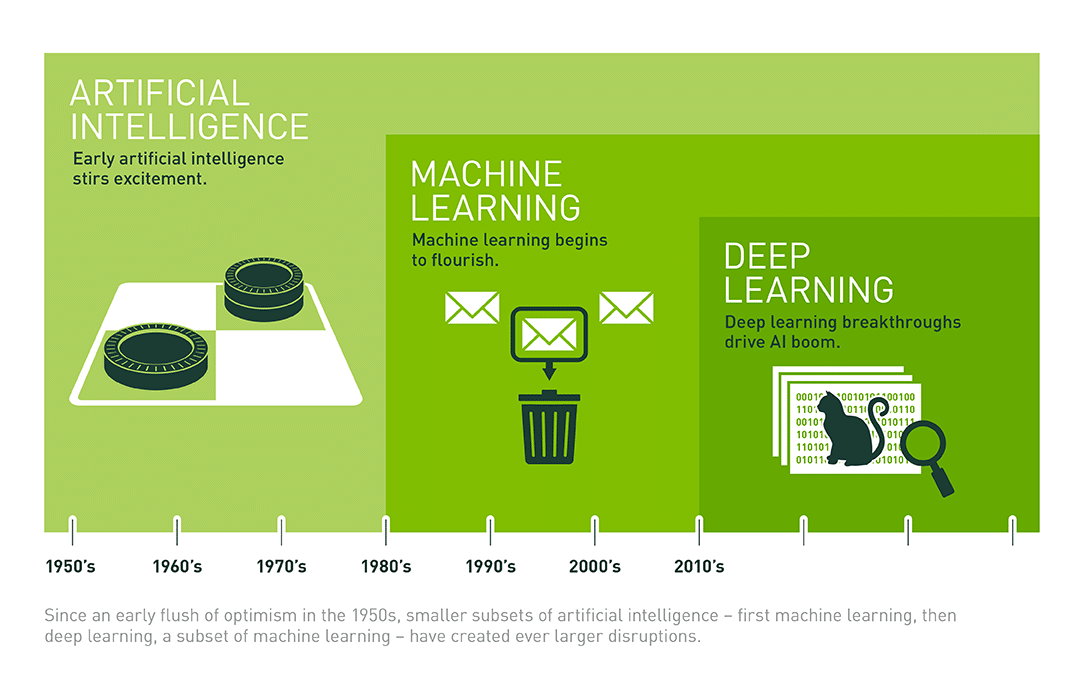How can machine learning and artificial intelligence be leveraged to enhance threat detection and response in cybersecurity, and what are the potential challenges associated with their implementation?
Resources & Suggestions
Mains Answer Writing Latest Articles
Daily Answer Writing Practice Questions (18 April 2025)
Do you agree with the claim that indecision and risk aversion are prevalent issues in Indian bureaucracy? Support your answer with logical reasoning. (150 words) ऐसा कहा जाता है कि भारतीय नौकरशाही में अनिर्णय और जोखिम से बचने की प्रवृत्ति ...
Strengthening India’s Cyber Defence
Rising Threats Digital Era Challenges: 2024 marks a significant rise in digital threats, particularly from AI and cyberattacks. Key Issues: Disinformation campaigns. Cyber fraud affecting daily life. Current Major Cyber Threats Ransomware Rampage: Over 48,000 instances of WannaCry ransomware detected ...
भारत की साइबर सुरक्षा
बढ़ते खतरे कृत्रिम बुद्धिमत्ता (AI) और साइबर हमले: 2024 में AI और साइबर हमलों के खतरे में वृद्धि। महत्वपूर्ण अवसंरचना पर हमले: डिजिटल हमलों और दुष्प्रचार अभियानों की संभावना बढ़ी है। प्रमुख साइबर खतरें रैनसमवेयर का प्रकोप: 48,000 से अधिक ...

Machine learning (ML) and artificial intelligence (AI) offer significant potential to enhance threat detection and response in cybersecurity. Here’s an overview of how they can be leveraged and the associated challenges:
Leveraging ML and AI in Cybersecurity:
1. Anomaly detection:
– ML algorithms can analyze network traffic patterns to identify unusual behaviors that may indicate a threat.
– AI can establish baselines of normal activity and flag deviations in real-time.
2. Threat intelligence:
– ML can process vast amounts of threat data from multiple sources to identify emerging threats and attack patterns.
– AI can correlate information to provide context and prioritize threats.
3. Automated response:
– AI-powered systems can initiate automated responses to contain threats quickly.
– This can include isolating affected systems, blocking malicious IPs, or initiating backups.
4. Behavioral analysis:
– ML can model user and entity behavior to detect insider threats or compromised accounts.
5. Malware detection:
– AI can analyze code structure and behavior to identify new or evolving malware strains.
6. Predictive analytics:
– ML models can predict potential vulnerabilities or attack vectors based on historical data and current trends.
7. Natural Language Processing (NLP):
– NLP can analyze security logs and reports to extract relevant information and insights.
Challenges in Implementation:
1. Data quality and quantity:
– ML/AI models require large amounts of high-quality, diverse data for training.
– Obtaining comprehensive, up-to-date cybersecurity data can be challenging.
2. False positives:
– Overly sensitive AI systems may generate excessive false alarms, leading to alert fatigue.
3. Adversarial AI:
– Attackers can use AI to create more sophisticated threats or to evade AI-based defenses.
4. Explainability:
– The “black box” nature of some AI algorithms can make it difficult to explain or justify security decisions.
5. Skill gap:
– There’s a shortage of professionals with expertise in both cybersecurity and AI/ML.
6. Ethical concerns:
– AI-powered monitoring raises privacy concerns, especially in contexts like employee behavior analysis.
7. Keeping pace with evolving threats:
– AI models need constant updating to remain effective against rapidly evolving cyber threats.
8. Integration with existing systems:
– Implementing AI/ML solutions alongside legacy security infrastructure can be complex.
9. Regulatory compliance:
– Ensuring AI-driven security measures comply with data protection regulations can be challenging.
10. Resource requirements:
– Implementing and maintaining AI/ML systems can be computationally intensive and expensive.
While ML and AI offer powerful tools for enhancing cybersecurity, their effective implementation requires careful planning, ongoing maintenance, and a balance between automation and human oversight. Organizations must weigh the benefits against the challenges and develop strategies to address these issues as they integrate AI/ML into their cybersecurity frameworks.
Machine learning (ML) and artificial intelligence (AI) significantly enhance threat detection and response in cybersecurity by enabling more sophisticated and proactive defense mechanisms. ML algorithms can identify anomalies by learning the normal behavior of network traffic and user activities, thus detecting deviations that indicate potential threats. This capability allows for the early detection of unknown threats and zero-day vulnerabilities. AI can analyze large volumes of data to recognize patterns associated with known cyber threats, improving the accuracy and speed of identifying malicious activities such as malware and phishing attacks. Moreover, AI-powered systems can automate responses to identified threats, such as isolating affected systems, blocking malicious traffic, and applying security patches, thereby reducing response time and mitigating damage. AI also aggregates and analyzes threat intelligence from various sources, providing security teams with actionable insights to anticipate and mitigate potential threats.
However, implementing ML and AI in cybersecurity presents several challenges. High-quality, large datasets are essential for effective ML training, and poor data can lead to inaccurate threat detection. The continuously evolving threat landscape requires regular updates and retraining of ML models to maintain their effectiveness. ML models can generate false positives, flagging benign activities as threats, or false negatives, missing actual threats, necessitating ongoing refinement. Additionally, deploying AI and ML solutions can be resource-intensive, demanding significant investment in technology and expertise. Furthermore, adversaries may exploit vulnerabilities in AI systems, requiring robust defenses against adversarial attacks. Addressing these challenges is crucial for leveraging AI and ML to enhance cybersecurity effectively.